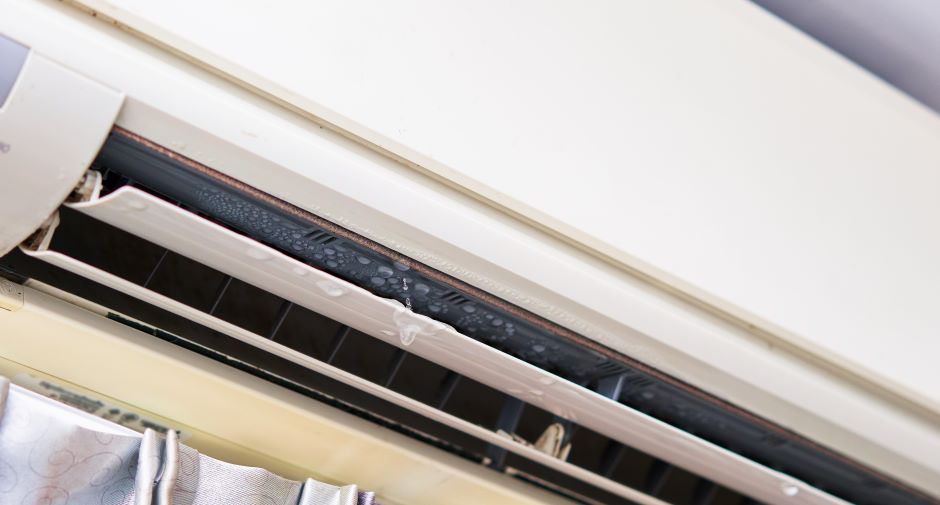
Condensation on the AC vent can happen due to poor insulation, high humidity, air leaks, and improper ventilation. Proper insulation, dehumidifiers, inspection, and enhanced ventilation are some possible solutions to the problem.
In this guide, delve into the causes of condensation on AC vents and read effective solutions to ensure a moisture-free and comfortable environment in your home. Don’t miss any details!
Is Condensation On AC Vent Normal?
Condensation on AC vents is common, especially during periods of high humidity. While a certain amount of moisture is expected due to temperature differentials, excessive condensation can lead to discomfort and even potential issues such as mold growth.
It can be a real source of health issues, so if you want your family to breathe easy, continue reading.
“Why Is There Condensation On My AC Vents?”
When warm indoor air gets “in touch” with cooler surfaces of the AC ducts, the moisture condenses and accumulates on the vents. High humidity levels outside can infiltrate the interior spaces, and when this humid air meets the colder air inside, it results in condensation on the vents.
Air leakage from poorly sealed duct connections introduces humid air from areas like attics or crawl spaces, also contributing to condensation. Plus, inadequate ventilation hampers proper air circulation, causing moisture to gather and leading to condensation formation on the vents.
These combined factors can create a damp environment that not only affects comfort but potentially leads to issues like mold growth if left unaddressed which will weaken the airflow and make efficiency lower.
What Causes Condensation On AC Vents?
Condensation on AC vents can be attributed to various factors, and understanding these root causes is essential for effective mitigation. Read more!
1. Poor Insulation
Poor insulation around air ducts can result in temperature variations, causing warm indoor air to meet cooler duct surfaces and leading to condensation. Solution: Properly insulate your air ducts – to regulate temperature differentials and prevent condensation.
2. High Humidity Levels
Warm and humid outdoor air can infiltrate the cooler interior of your home, resulting in condensation when the two air masses meet. Solution: Use a dehumidifier to maintain indoor humidity levels within the recommended range (around 30-50%).
3. Air Leakage
Unsealed or improperly sealed duct connections can introduce humid air from crawl spaces or attics, leading to condensation. Solution: Regularly inspect and seal any leaks in your ductwork to prevent moisture infiltration.
4. Inadequate Ventilation
Improper ventilation restricts the flow of air, causing moisture to accumulate and leading to condensation. Solution: Ensure proper ventilation in your living spaces to facilitate the movement of air and minimize moisture buildup.
How To Fix Condensation On AC Vents?
Addressing condensation issues requires targeted solutions to eliminate the root causes. Take a look at the list below of how to stop condensation on AC vents.
- Inspect your ducts for proper insulation (enhance insulation to create a barrier between warm indoor air and cooler duct surfaces).
- Identify and seal any leaks in your ductwork to prevent humid air infiltration and reduce the chances of condensation.
- Ensure adequate ventilation in your living spaces by using exhaust fans and opening windows to encourage air circulation.
- Regularly clean the ducts and service your air conditioning system to ensure it's functioning optimally, minimizing temperature differentials.
Try these tips out, and you will probably have a properly functioning AC ventilation system again, but bet on preventing the condensation problems instead of fighting it another time.
How To Prevent Condensation On AC Vents?
Prevention is key to avoid future condensation on AC vents in your house. Implement the following measures and maintain a comfortable and moisture-free indoor environment.
- Use a dehumidifier to maintain optimal indoor humidity levels, preventing excessive moisture buildup.
- Ensure your home is well-ventilated, allowing for proper air circulation and reducing the risk of moisture accumulation.
- Enhance duct insulation to minimize temperature differentials and inhibit condensation formation.
- Schedule routine maintenance for your HVAC system to identify and address potential issues before they lead to condensation problems.
The Average Cost Of Solving Condensation On AC Vents
Now you know all the causes and fixes of AC vent condensation, discover how much you may spend on the process! On average, addressing condensation on AC vents costs $ 200 to $ 1,000. The cost may be higher depending on the problem.
If the issue is relatively minor and can be solved with simple measures like improving insulation or sealing duct leaks, the cost might be on the lower end of the range. However, you may spend more if the problem requires significant repairs, such as ductwork modifications or HVAC system adjustments.
Don't let condensation on AC vents dampen your indoor comfort – take proactive steps to keep your living spaces moisture-free and inviting. Wisercosts’ HVAC contractors have the expertise to identify and solve any AC issues that may appear in your house. Call them now!
 Let a hvac technician give you an estimate on your project
Let a hvac technician give you an estimate on your project

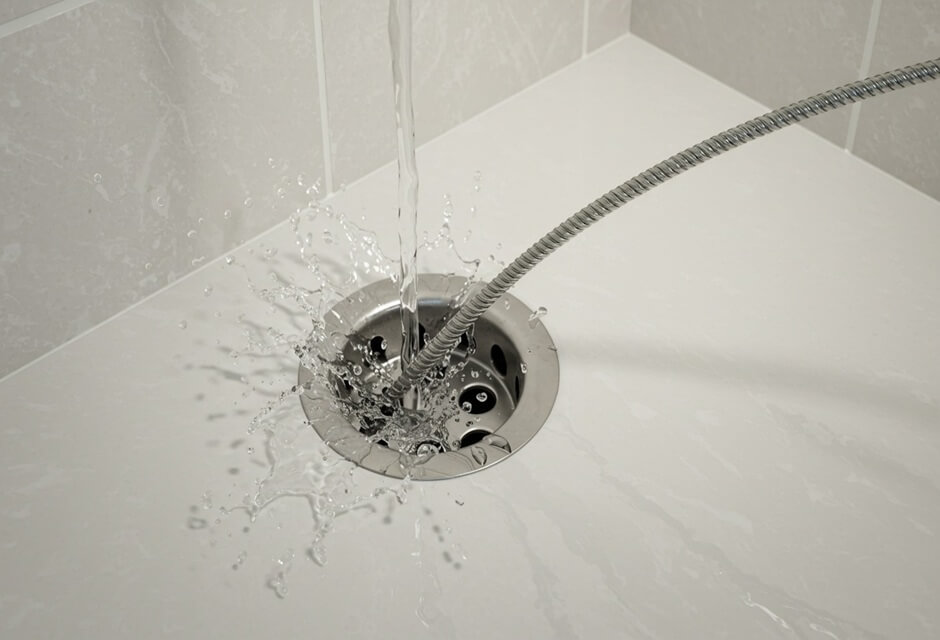
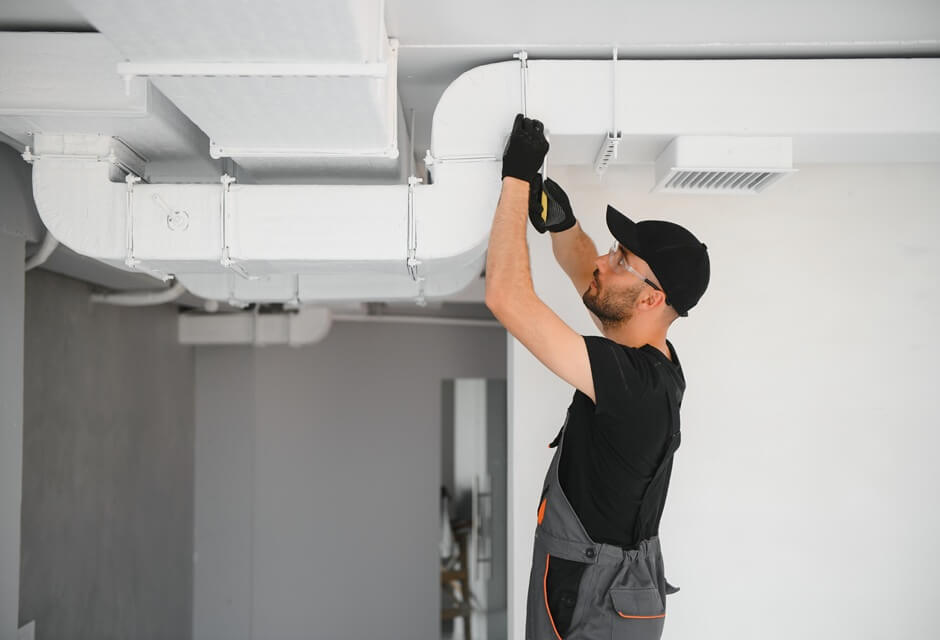
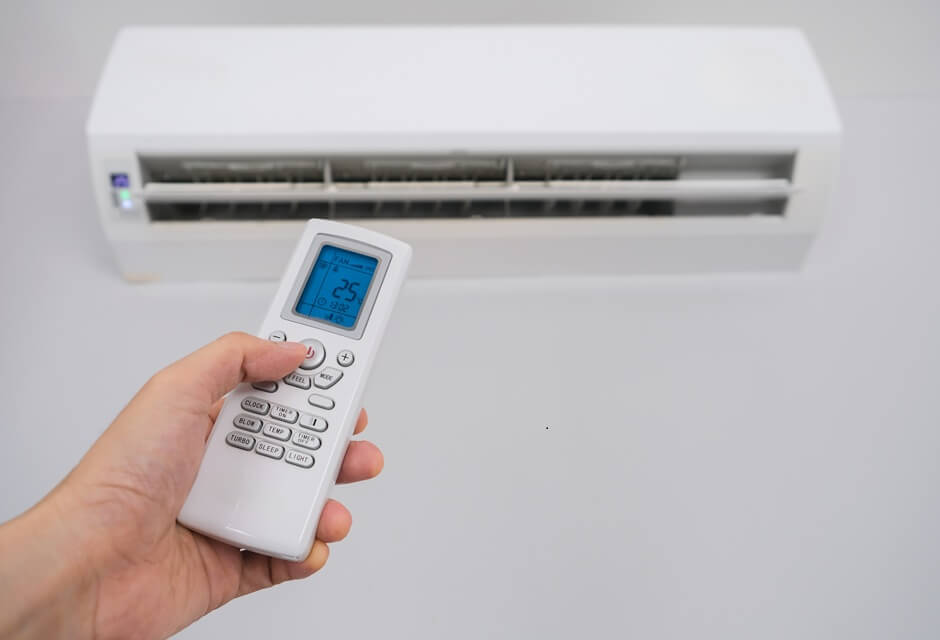
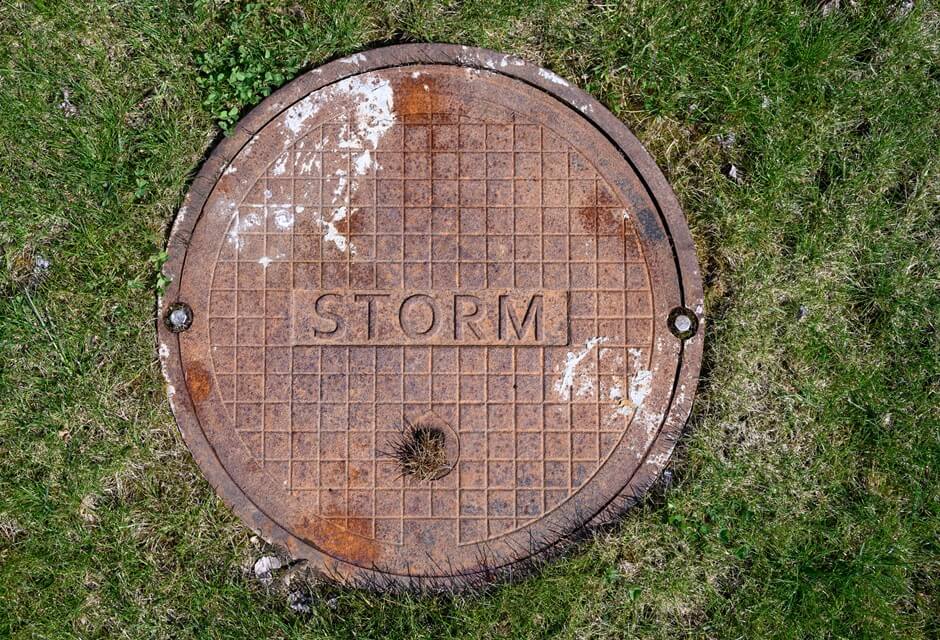
 Member of the
Member of the